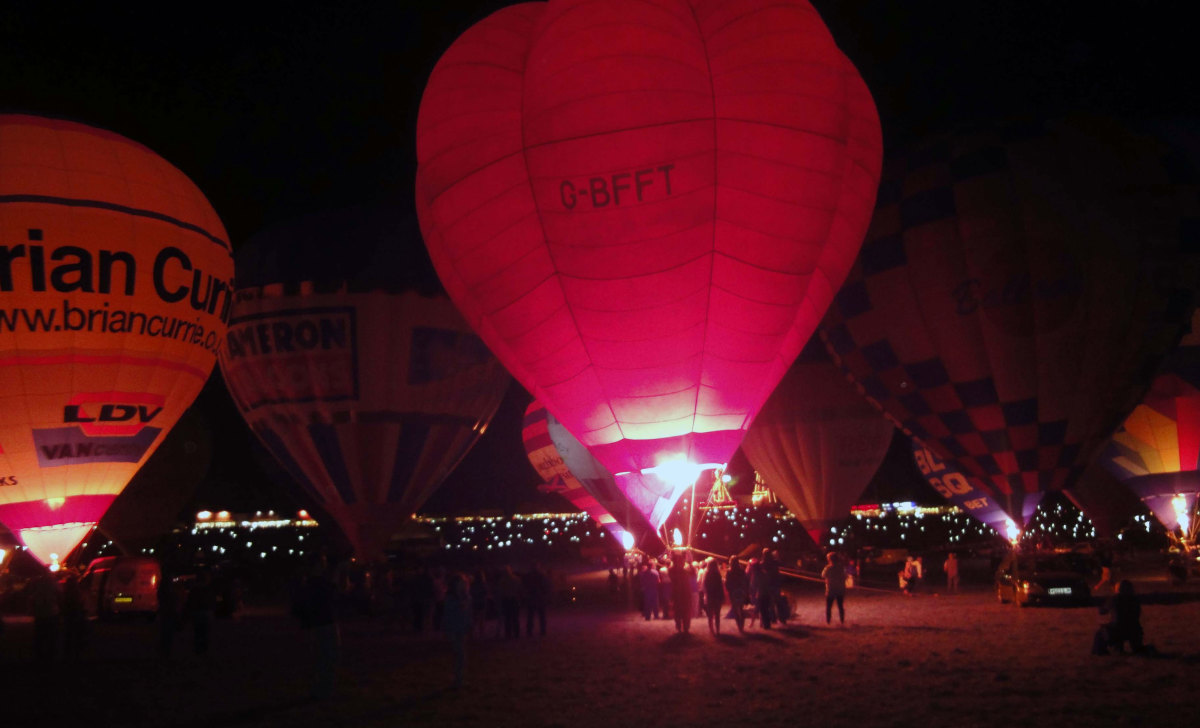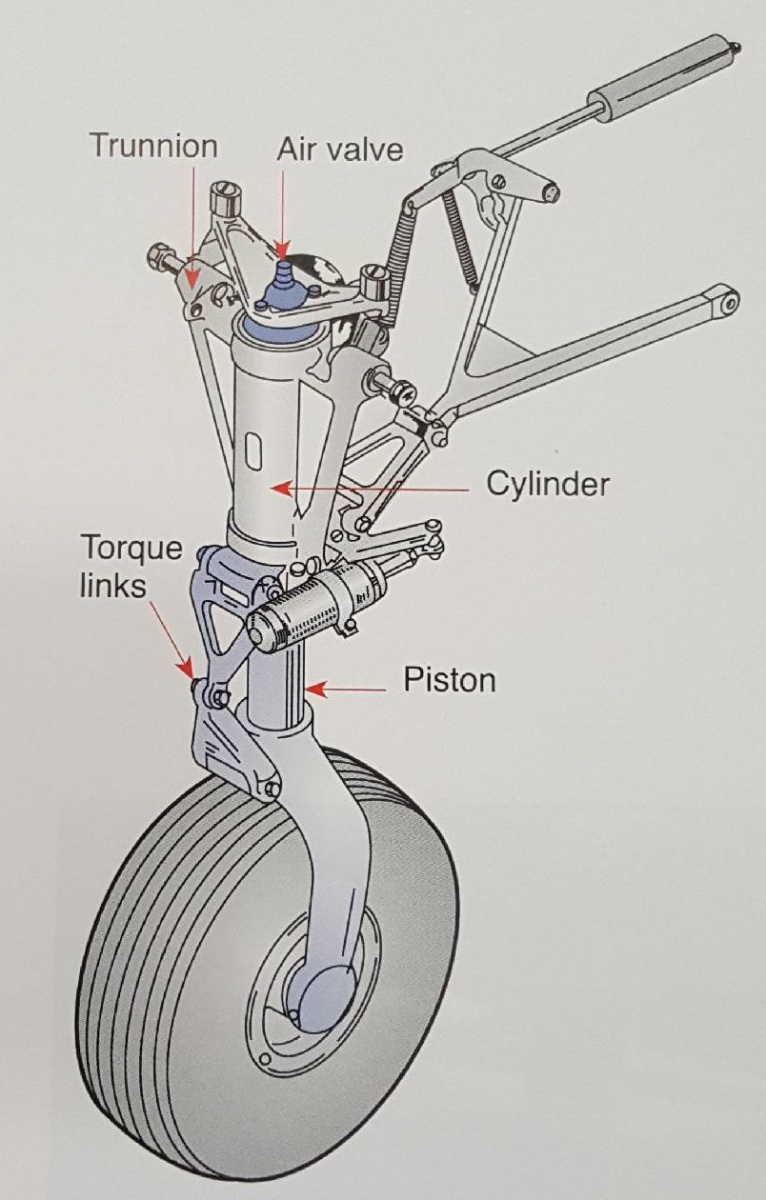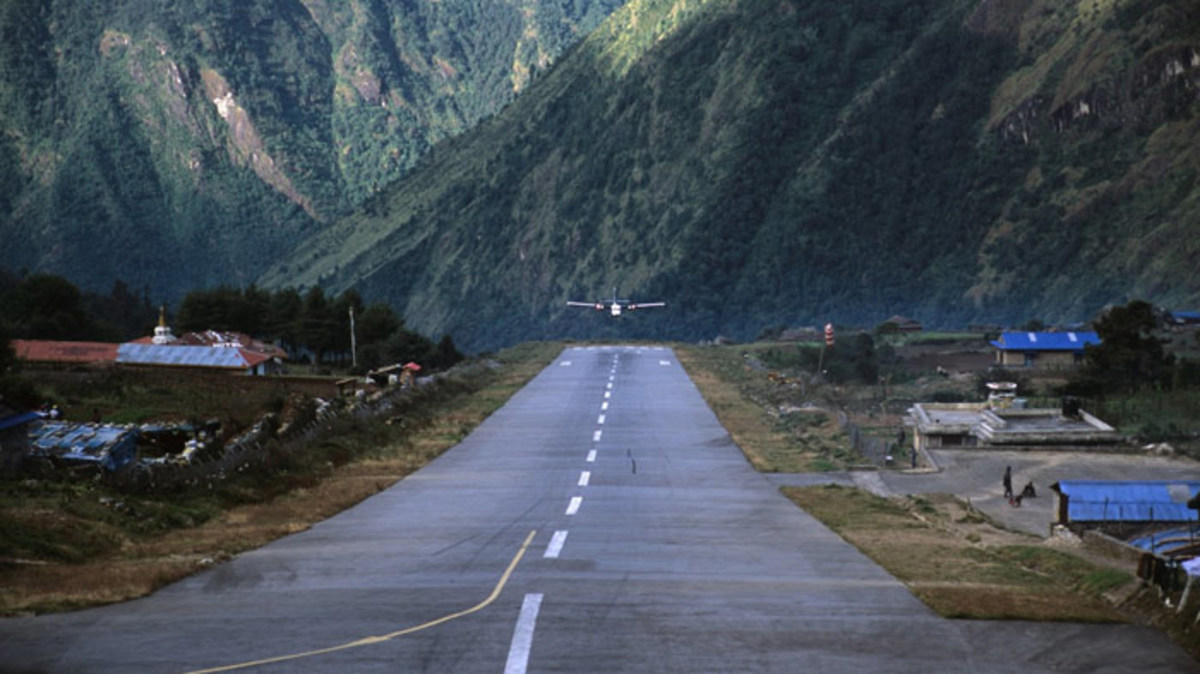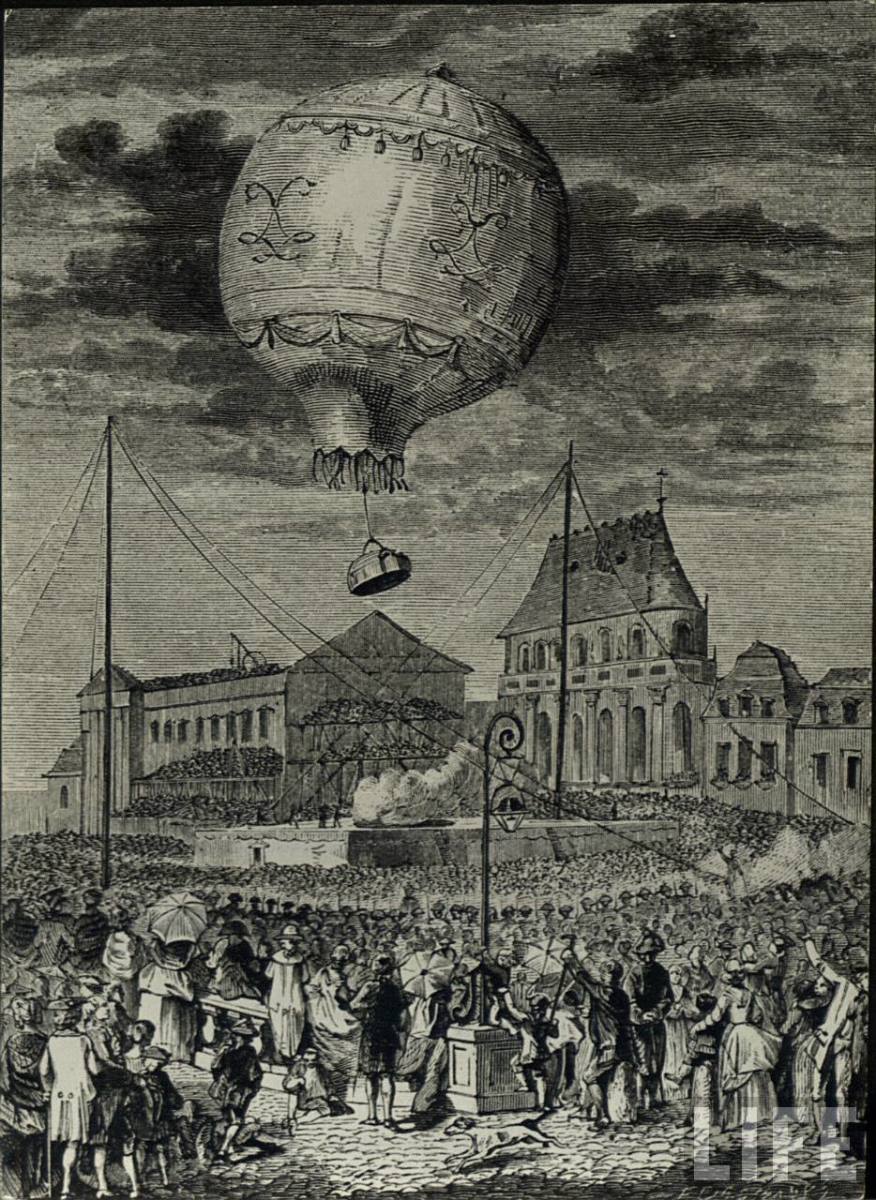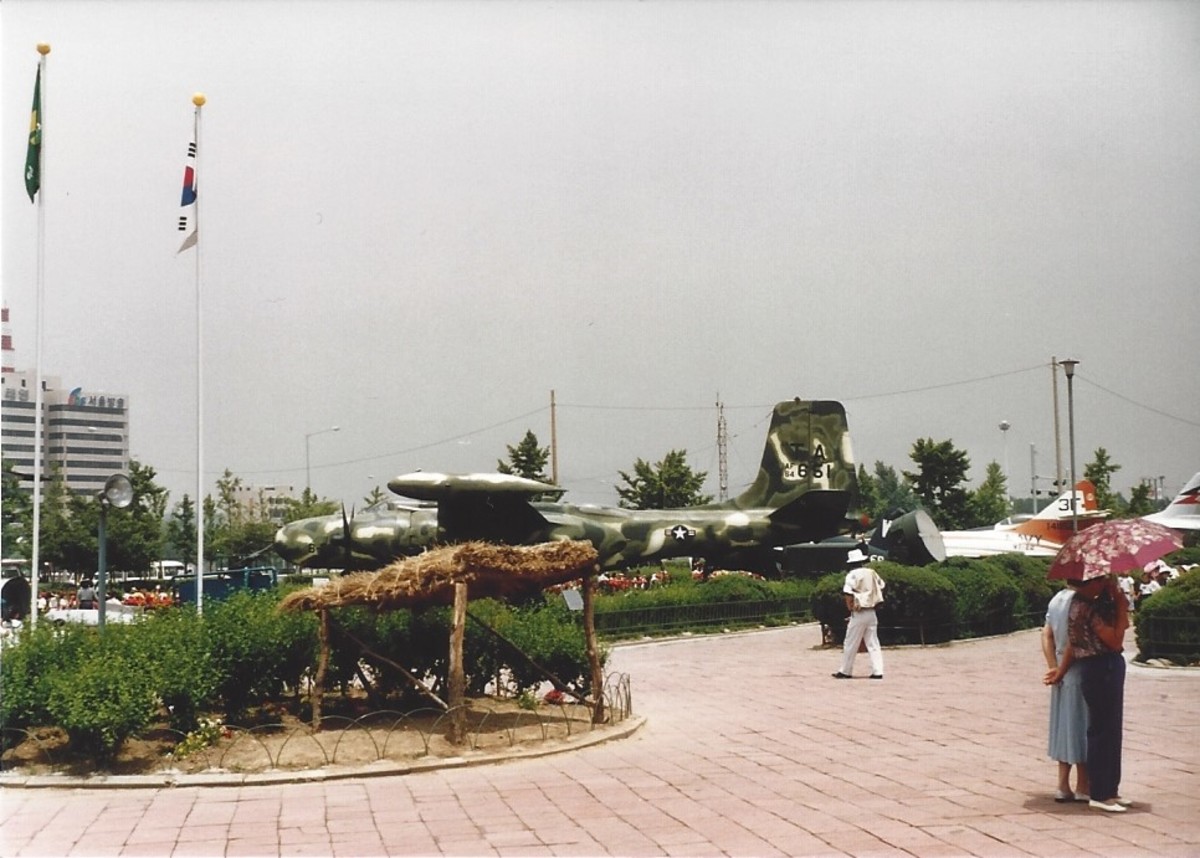VTOL and STOL Aircraft
Vertical take off and landing aircraft have come in many forms
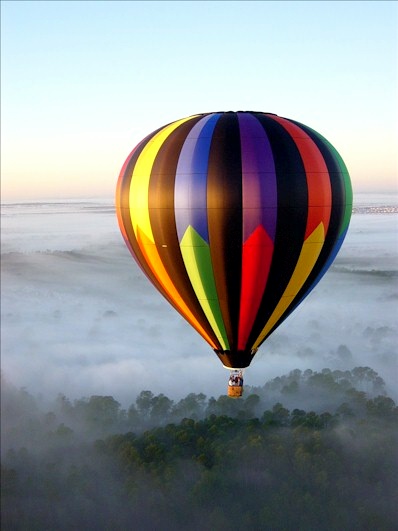
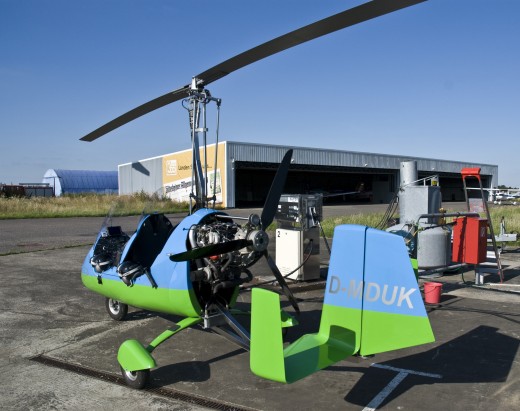
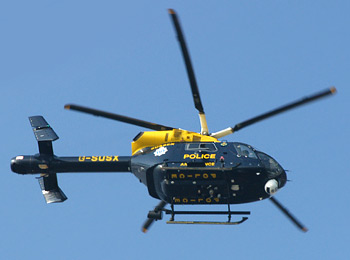
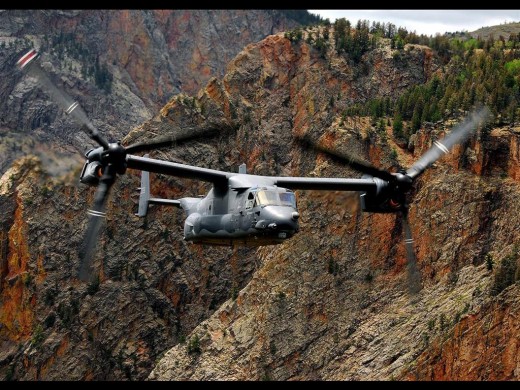
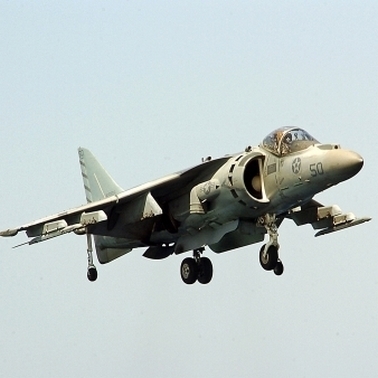
Vertical Take Off and Landing aircraft can go where no others can.
VTOL and STOL are acronyms for Metrical Take Off and Land ting, and Short Take Off and Landing. Both types of aircraft have had a long and varied history. Perhaps the very first were hot air balloons, blimps, dirigibles and zeppelins. All of theses are the lighter than air class of airships. After this came gyro-copters or auto-gyros, helicopters, variable winged and directed prop and turbofan heavier that air aircraft. Air travel really began with the invention and fight of the hot air balloon developed by the Montgolfier brothers. This was followed by hydrogen and helium filled blimps and dirigibles like the Hindenburg Zeppelin. Nikola Tesla designed a veritable wing propeller driven VTOL air-plane. Out of this grew the gyro-copter/auto-gyro, a type of fixed wing helicopter. From this evolved the true helicopter where the prop was expanded and served as a rotating set of wings. The other branch were the variable wing aircraft where the wings could rotate, pointing the propellers upward. The ultimate development of these types of aircraft were the turbofans and jets, where the wings could rotate or the thrust of the jet could be directed downward as in the Harrier "Jump" Jet. VTOL aircraft typically have no landing gear, forcing the vertical landing. The one exception is the Harrier "Jump" jet that can land conventionally.
The hot air balloon was used in combat as a spying device, but it had only limited use, being subject to short duration flights and completely dependant upon the winds. Fights into enemy territory could not guarantee safe return. With the advent of the internal combustion engine, this changed. Balloons evolved into blimps and dirigibles that achieved lift using hydrogen or helium. Helium was considered safer, but not always available. When the Nazis pursued Zeppelin technology, they were forced to use hydrogen, which proved disastrous in the end for the Hindenburg during its landing in the US shortly after an electrical storm.
VTOL and STOL aircraft have the distinct advantage of being able to take off and land "on a dime". They did not require a runway like traditional aircraft. The The VTOL could take off and land virtually anywhere including rooftops and ship decks other than aircraft carriers. STOL only required a short runway. There has always been an interest in developing these types of airships for strategic and practical reasons. However. There are size constraints. The largest helicopter is the Russian Sikorsky which can lift full sea container crates. The Largest and fastest VTOL is the Harrier "Jump" jet, used extensively to this day by the British and Indian Air Force. There are no commercial sized VTOL or STOL aircraft. There is a revival of interest in Zeppelins, originally popularized by the Nazis, taking them the next step further, where thousands of people can be transported.
In 1928, Nikola Tesla got a patent for an air-plane that was among the first VTOLs, which he called the Flivver. It had a top mounted propeller, the pitch of which could be varied to provide directional motion once lift off had been achieved. This patent also lead to the so called "tail sitter" aircraft, which took off and landed on their tails. From here planes were developed with traditional engines for forward motion and one on top for lift.
One of the more popular variable winged aircraft that could carry several people into combat was the US Marines V-22 which was a tiltrotor design. It could take off vertically and travel further than a helicopter. It could land vertically, eliminating the need for a landing field at the destination, which was often in enemy territory. It could also allow for paratroop manoeuvres. The V-22 Osprey is the world's first production tiltrotor aircraft, with one three-bladed proprotor, turboprop engine, and transmission nacelle mounted on each wingtip.
"The Harrier is often flown in STOVL mode" (Short TAke Off and Vertical Landing), "which enables it to carry a higher fuel or weapon load over a given distance. The Indian Navy operates Sea Harriers mainly from its aircraft carrier INS Viraat. The United States Marine Corps, and the Italian and Spanish Navies use the AV-8 Harrier II, an advanced derivative of the Harrier. The Harrier II will be replaced in the air arms of the US and UK by a STOVL variant of the F-35 Joint Strike Fighter. The Harrier form has proven to be popular since its introduction in Britain in 1953...
In the 1960s and early 70s Germany planned three different VTOL planes. One used the F-104 as a base for research for a V/STOL (Vertical/Short Take Off and Landing) aircraft. Although two models (X1 and X2) were built, the project was cancelled due to high costs and political problems as well as changed needs in the Luftwaffe and NATO. The EWR VJ 101C did perform free VTOL take-offs and landings, as well as test flights beyond mach 1 in the mid- and late 60s.... The others were the VFW-Fokker VAK 191B light fighter and reconnaissance plane, and the Dornier Do 31E-3 (troop) transport." (1)
The VTOL and STOL have gone through many evolutions in their design and are popular especially with many military organizations around the world. Adaptations and improvements of the original Harrier Jet concept is the route chosen by aircraft developers today. Interplanetary designs are under consideration for exploration of distant worlds. VTOL aircraft are the choice hear as there is clearly very little opportunity for a traditional landing.
Reference
http://en.wikipedia.org/wiki/VTOL

